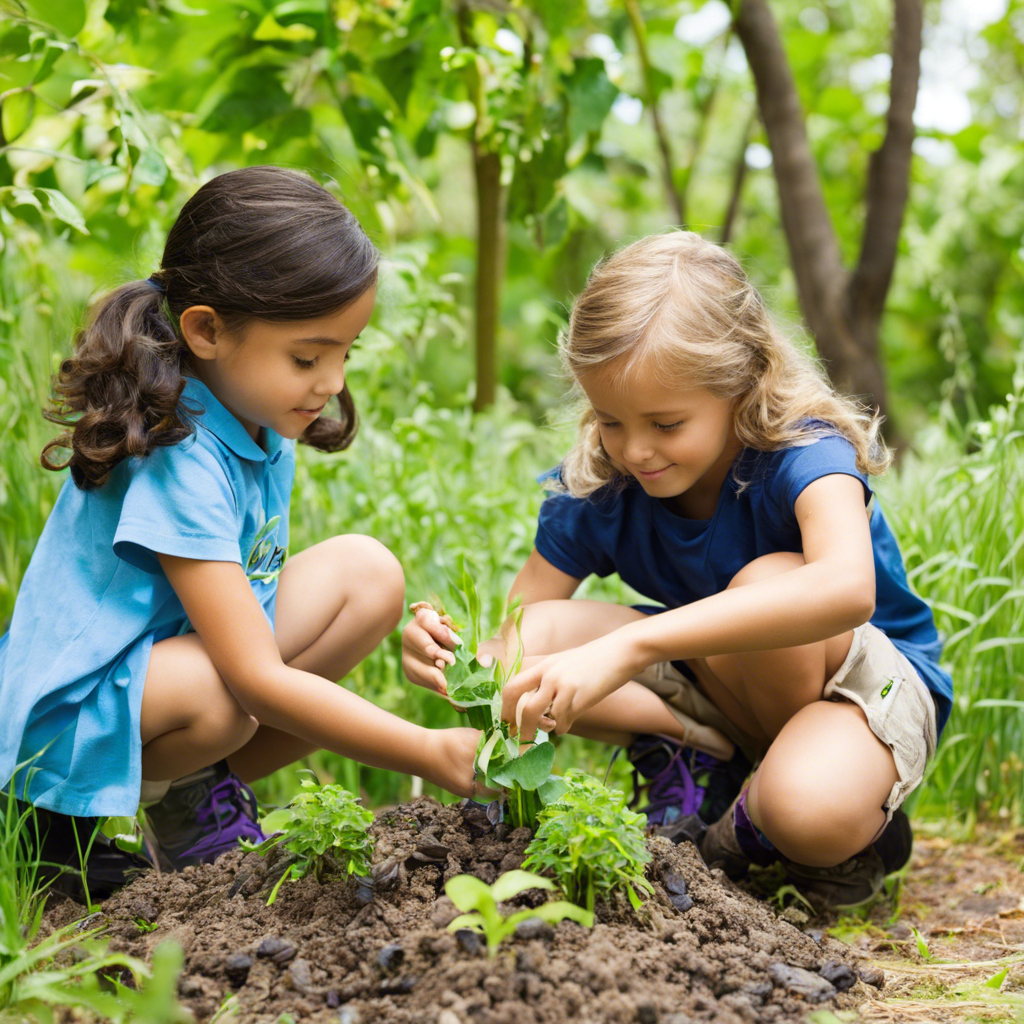Exploring the benefits of outdoor education and its potential to foster environmental consciousness and stewardship.
The concept of learning goes far beyond the confines of a traditional classroom. In recent years, there has been a growing emphasis on the power of outdoor learning and its ability to spark curiosity, encourage exploration, and foster a deep connection with the natural world. This educational approach, often referred to as environmental education, is about more than just understanding nature; it’s about nurturing a sense of responsibility and stewardship for our environment.
With the world facing increasing environmental challenges, it is crucial to consider how we can educate the next generation to become environmentally conscious citizens. This article delves into the benefits of outdoor learning, its impact on environmental stewardship, and the practical strategies to implement this approach effectively.
The Power of Outdoor Learning
Outdoor learning is an immersive experience that stimulates all the senses. By stepping outside the classroom, students gain a unique perspective on the world around them, fostering a deeper understanding and appreciation of nature.
Research suggests that outdoor education enhances cognitive and social development, improves physical health, and fosters a sense of community. When students engage with the natural environment, they develop critical thinking skills, problem-solving abilities, and a sense of wonder that can ignite a lifelong passion for learning.
The Great Outdoors as a Classroom
Imagine a classroom where the rustling leaves become a soundtrack, the chirping birds provide a melodic backdrop, and the changing seasons offer a dynamic curriculum. In this outdoor classroom, students learn through hands-on experiences, engaging with the environment and each other.
By incorporating outdoor learning into the curriculum, educators can create dynamic and engaging lessons that bring abstract concepts to life. Whether it’s studying the lifecycle of a butterfly, exploring ecological relationships, or investigating the impact of climate change, the outdoors provides an unparalleled learning environment.
Fostering Environmental Stewardship
Environmental stewardship is about taking responsibility for our actions and making conscious choices to protect and preserve the natural world. Outdoor learning plays a pivotal role in nurturing this mindset.
Encouraging a Sense of Ownership
When students spend time outdoors, they develop a sense of ownership and belonging to the natural environment. They begin to understand the interconnectedness of ecosystems, the impact of human actions, and the importance of sustainability.
Practical Examples of Stewardship
–
Participating in Community Clean-ups
: Students can take part in local initiatives to clean up parks, rivers, or beaches, fostering a sense of civic duty and environmental responsibility.
–
Creating School Gardens
: Gardening projects teach students about sustainable food production, biodiversity, and the importance of caring for living organisms.
–
Monitoring Local Ecosystems
: Students can collect data on local flora and fauna, track changes over time, and contribute to citizen science projects, fostering a sense of scientific inquiry and environmental awareness.
Implementing Outdoor Learning Strategies
Integrating outdoor learning into existing curricula may seem daunting, but with a few simple strategies, educators can make a significant impact.
Firstly, start small. Incorporate short outdoor activities into regular lessons, like nature walks or outdoor journaling. Secondly, collaborate with local organizations and experts. Seek partnerships with environmental groups, wildlife centers, or botanic gardens to provide hands-on experiences and expert guidance. Lastly, provide opportunities for reflection. Encourage students to share their experiences, thoughts, and questions, fostering a culture of environmental curiosity and engagement.
Frequently Asked Questions
How does outdoor learning impact academic performance?
Studies show that outdoor learning can improve academic performance, particularly in subjects like science and geography. The hands-on nature of outdoor education enhances understanding and retention of concepts, fostering a deeper connection to the subject matter.
What are the challenges of implementing outdoor learning?
Challenges may include managing student behavior in an outdoor setting, ensuring safety, and dealing with unpredictable weather. However, with proper planning, risk assessments, and clear guidelines, these challenges can be overcome.
How can schools incorporate outdoor learning with limited resources?
Limited resources need not be a barrier. Schools can start by utilizing their immediate surroundings, like school grounds or local parks. Partnerships with local organizations can provide additional support and resources, and online platforms offer a wealth of free educational materials and activities.
Conclusion
Outdoor learning is a powerful tool for fostering environmental stewardship in the next generation. By taking learning beyond the classroom, students gain a deeper understanding of the natural world and their role in protecting it. As educators and parents, we have a responsibility to provide our youth with the skills and mindset needed to create a sustainable future. By embracing outdoor learning and its benefits, we can nurture a generation of environmentally conscious citizens who will shape a greener tomorrow.
External Links and Resources
1. ‘Nature-Based Learning Resources’ by Green Schools National Network provides a wealth of information and practical resources for educators interested in outdoor learning.
2. ‘Environmental Learning’ by Annenberg Learner offers a comprehensive guide to the theory and practice of environmental education, including outdoor learning strategies.
3. National Wildlife Federation’s Educational Resources provides a range of materials for educators, including outdoor learning activities and lesson plans.
